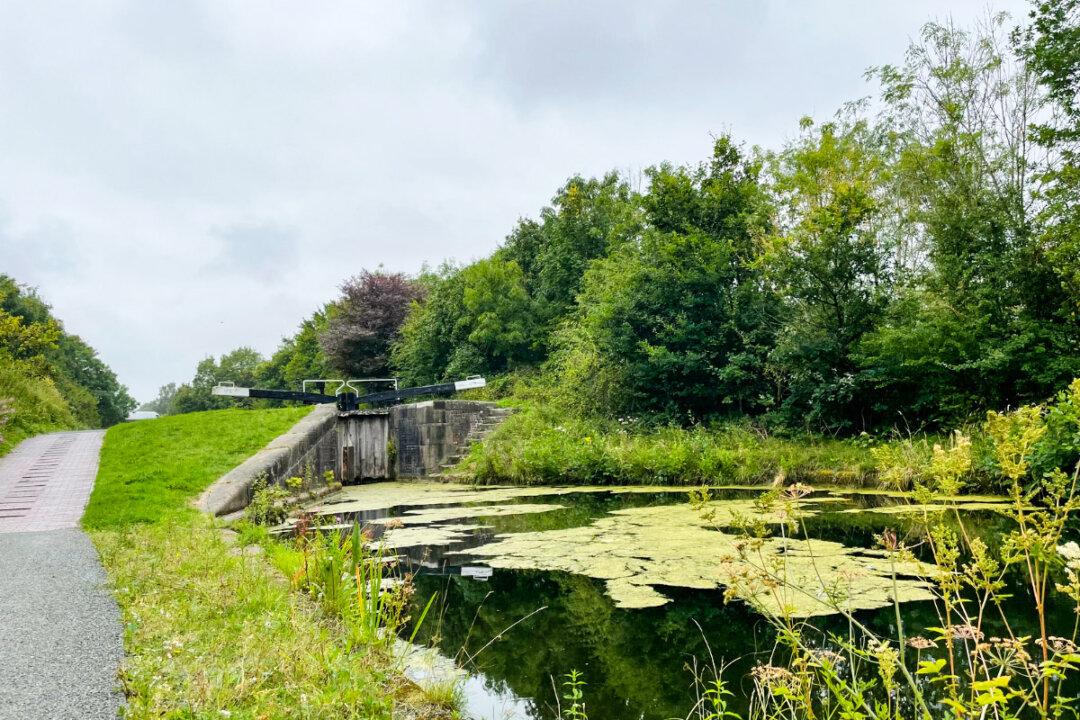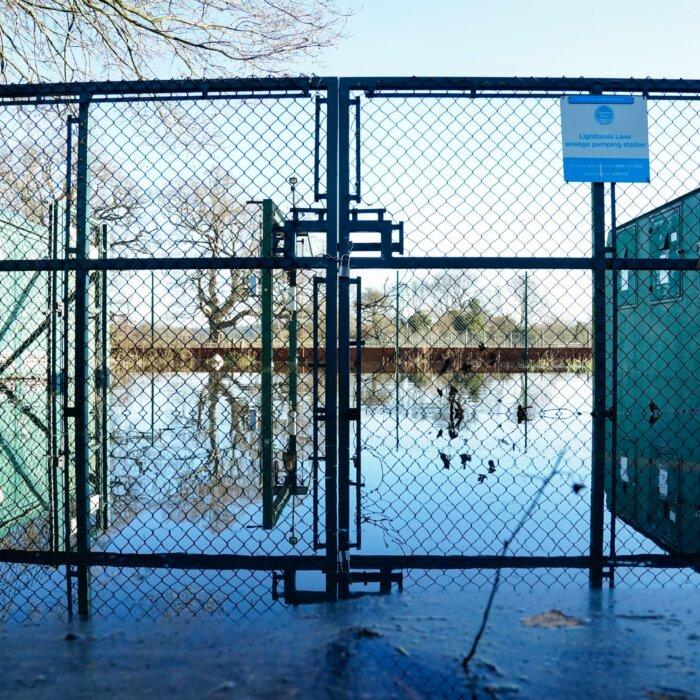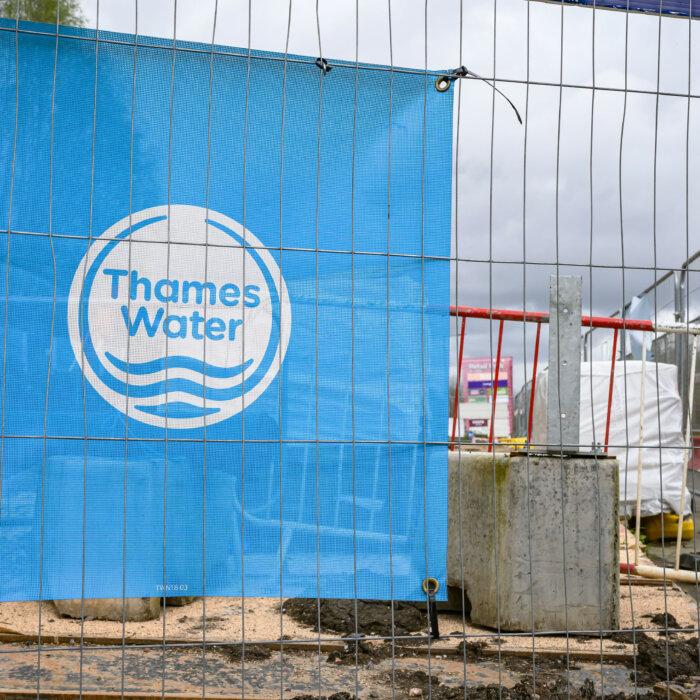The Environment Agency has launched an investigation into a company after a major incident was declared following a toxic spill in a canal in the West Midlands.
The spillage occurred in the early hours of the morning on Monday in the area of Walsall canal, with the local council advising members of the public to avoid affected areas of the waterway and towpaths.
Local firm Anochrome Ltd., which deals in surface coatings and plating such as nickel plating, has been identified by authorities as the source of the spill.
A spokesperson from the Environment Agency said it was working closely with Walsall Council and other agencies including the UK Health Security Agency (UKHSA) to respond to the incident and assess the damage.
“We are now investigating the company that is believed to have caused this incident. Pollution of this kind is unacceptable and the impact on wildlife and the environment can be severe. We will take robust enforcement action if non-compliance is uncovered,” the spokesperson said.
“We have established a sampling and testing programme and urge the public to follow safety advice given by the local council,” the spokesperson added.
Sodium cyanide dissolves in water and due to the serious adverse health effects, officials warned of the potential risk to health if people or their pets have direct physical contact with water from the affected area, urging those who had been directly exposed and are feeling unwell to seek advice via 111 or 999 in an emergency.
Members of the public have been asked to avoid areas of the canal and towpaths from the Walsall lock flight to the lock flights at Rushall, Ryders Green, and Perry Barr.
‘Disgraceful’
Anochrome confirmed in a statement that a chemical incident occurred in the early hours of Monday and that “regrettably, as a result, some of the released chemicals entered a canal in Walsall.”The company said it had immediately notified the Environment Agency and Severn Trent Water following the incident and remained on-site working with authorities in an attempt to minimise and contain the spill.
The statement continued: “In addition, from the moment we were aware of the incident, we have made all our facilities available to the authorities and agencies in attendance, including inhouse laboratory testing facilities.
“The safety of our community and the environment is our top priority. We are focused on limiting the impact of this incident and will provide further updates as they become available.”
Sodium Cyanide
According to the UKHSA, sodium cyanides are white, crystal-like solids that have the faint smell of almonds. In industry, it is used for metal cleaning, plating, and extraction.Cyanide salts can be absorbed through the skin and exposure can cause a range of symptoms, including headache, nausea, drowsiness, and changes in heart rate. The UKHSA also says it can cause vomiting, convulsions, and loss of consciousness.
Jonathan Paul, senior lecturer in earth sciences at Royal Holloway University of London, said spills like this are a “cause for concern” and “present a major ecosystem hazard.”
Paul said, “The greatest risk for people would be encountering the toxic canal water, for instance via touch.”
“Ingestion of water containing a sufficiently high concentration of sodium cyanide can result in classic poisoning symptoms, i.e. nausea, weakness, aches, and potentially a loss of consciousness—but that is entirely dependent on how much is ingested and the concentration of the chemical,” he added.







